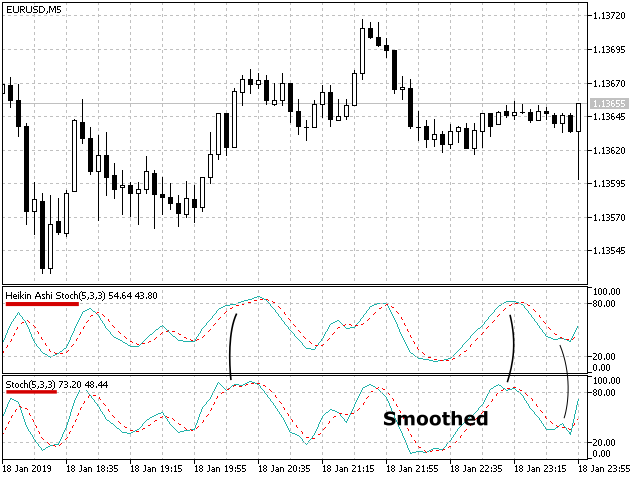
This assumption applies a 0% ACF factor on
the trade payable cash flows. CFR is defined as the amount of core funding relative to
the required core funding. Available core funding refers to the portion
of capital and liabilities expected to be reliable over the horizon of
1 year. Required core funding refers to the portion of assets and off-balance
sheet exposures over the same horizon.
- Much of the lending standards tightened over the past pandemic year, leaving little options for borrowing, combined with increasing savings rates have driven down the loan to deposit ratios for banks, but not all banks are seeing the impacts.
- A current ratio lower than the industry average could mean the company is at risk for default, and in general, is a riskier investment.
- To calculate Credit-Deposit Ratio, divide the total advances by the total deposits.
- For example, if the bank is attracting and retaining customers, their deposit levels will grow.
Companies that are heavily capital intensive may have higher debt to equity ratios while service firms will have lower ratios. As with any ratio, the debt-to-equity ratio offers more meaning and insight when compared to the same calculation for different historical financial periods. If a company’s debt to equity ratio has risen dramatically over time, the company may have an aggressive growth strategy being funded by debt. In the previous example, the company with the 50% debt to equity ratio is less risky than the firm with the 1.25 debt to equity ratio since debt is a riskier form of financing than equity. Along with being a part of the financial leverage ratios, the debt to equity ratio is also a part of the group of ratios called gearing ratios.
Monetary Base And Money Supply
If the ratio is too high, the banks might not have enough liquidity to cover any unforeseen funding requirements or economic crises. Banking analysts commonly used metric for assessing a bank’s liquidity. Much of the lending standards tightened over the past pandemic year, leaving little options for borrowing, combined with increasing savings rates have driven down the loan to deposit ratios for banks, but not all banks are seeing the impacts. The loan to deposit ratio can also help us determine how efficient the bank is in attracting and retaining customers. If the bank is losing deposits or depositors, the bank will have less money to lend and less income. The 1st term of the above equation is the money multiplier in terms of the currency-to-deposit ratio (C/D), the required reserve ratio (r), and the excess-reserves-to-deposit ratio (ER/D).

The required core funding factor is a pre-determined weight
ranging from 0% to 100% which is applied through business assumptions
for the accounts falling under the defined dimensional combinations. The required core funding is then
considered as a sum of all the weighted amounts where an RCF factor is
applied. Balancing the loan to deposit ratio is a tricky place for bank CEOs to operate. If a bank lends too much, it puts itself in an unsafe situation by having too few reserves in the event of a crisis.
Machhapuchhre Bank and PABSON Sign Agreement For Financial and Digital Literacy
Any increased demand for currency will probably cause the money supply to contract because withdrawing money as currency reduces reserves, which, because of the multiplier effect, will reduce the money supply by more than the amount withdrawn. When many banks failed during the Great Depression, many people withdrew most or all their money from the banks because they lost confidence in the banks, thereby worsening the Depression. Even in normal times, there isn’t much of multiplier effect with currency because most people use currency to purchase goods or services from a business, who will then deposit the money in its checking account, putting it back into the banking system.
- So our two examples above, Bank of America and Ally, had a wide range of ratios, with Ally’s closer to the ideal ratio.
- This assumption
applies a 0%, 50%, 100% ASF Factor on all funding other than deposits,
with cash flow maturity of less than 6 months, between 6 months
to 1 year, and greater than 1 year. - The ACF factor
applicable to all funding other than deposits, with a remaining
maturity of more than 1 year with cash flow maturity within year, are predefined as part of this assumption. - Note that if banks decide to keep more excess reserves, the money supply will decline.
Some experts are of the opinion that this is a short-term phenomenon and when the stock markets turn bearish and interest rates rise, depositors will come back to the banks. Third, the funding sources of Chinese banks have become more diversified over time, with more debt securities including CDs and the declining importance of deposits in the recent years. That is because that the 75 percent cap on the loan/deposit ratio is precisely set in stone by the 1995 Chinese Banking Law that can only be changed by the Chinese national legislature. Indeed, the CBRC was not even born yet when this banking law first came into effect. First, the numerator of the ratio (‘loan’) is shrunk by excluding certain categories of bank loans extended to agriculture and SMEs or funded by non-puttable term debt securities. The newly announced changes to the computation formula of the loan/deposit ratio fall into three categories, all in an apparent attempt to make the 75% cap less of a constraint on bank lending.
How to lower your debt-to-income ratio
Assessing the credit quality of the loan portfolio is an essential practice when determining the risk to any bank. Plus, it also can tell us how likely the interest income will continue, and any risk of default to consider. A ratio above 100% means the bank has loaned out every dollar in deposits. It is the danger zone because it has no reserves to pay cd ratio formula customers for demand deposits. Banks also have to repay deposits upon request, so if there is a run on a bank, having a large portion of their deposits out on loans means they have less cash on hand to satisfy the demand for deposits, putting the bank at risk. Liquidity is a term used to indicate how easily a company can convert its assets into cash.
What is best CD ratio?
If the reserve requirements such as the statutory liquidity ratio of 23% and cash reserve ratio of 4% are factored in, the CD ratio should not cross 73%. Thus, 78.52% indicates that banks are borrowing from the market to lend for projects and working capital rather than from lower-cost deposits.
Our mission is to provide readers with accurate and unbiased information, and we have editorial standards in place to ensure that happens. Our editors and reporters thoroughly fact-check editorial content to ensure the information you’re reading is accurate. We maintain a firewall between our advertisers and our editorial team.
What is a normal CD?
A standard compact disc measures 4.7 inches, or 120 millimeters (mm), across, is 1.2 mm thick, weighs between 15 grams and 20 grams, and has a capacity of 80 minutes of audio, or 650 megabytes (MB) to 700 MB of data.






